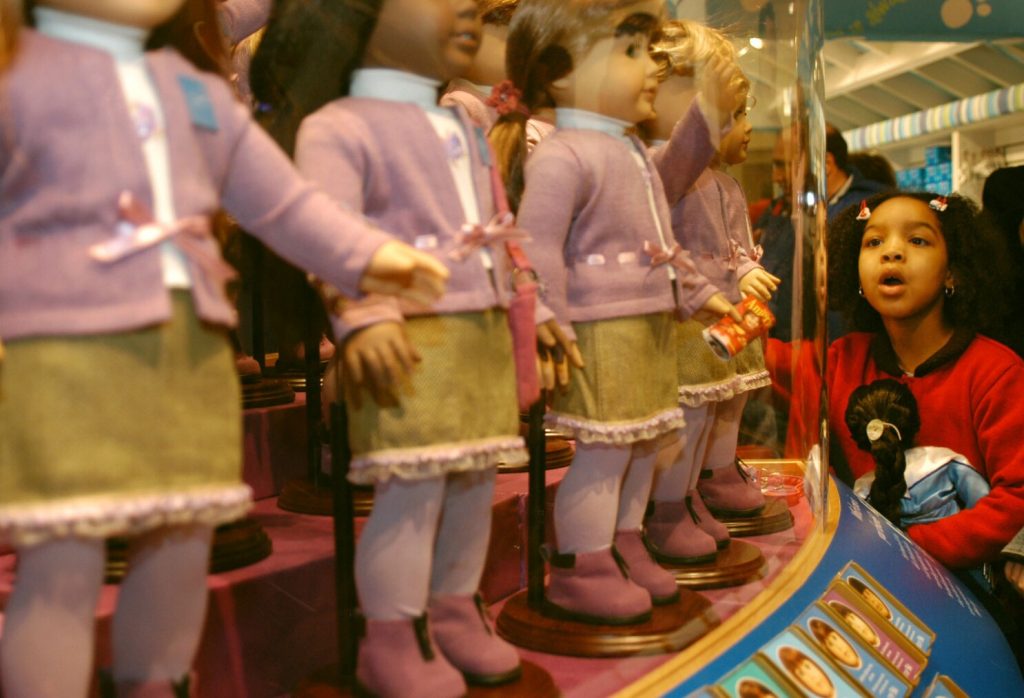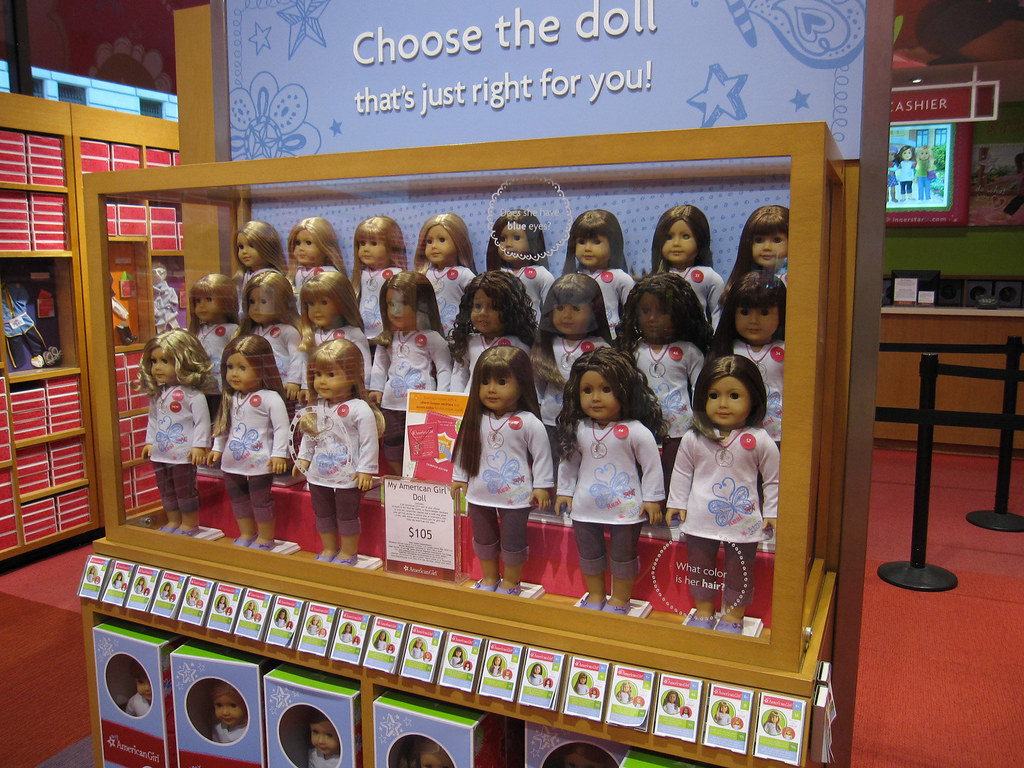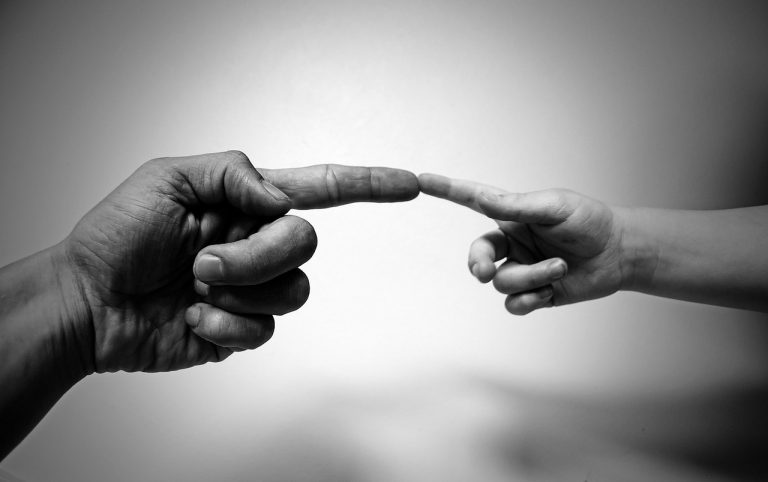Doll Diversity: How American Girl Encompasses the True American Diversity
Last week’s article on diversity among Barbie dolls discussed how playing with unrealistically thin dolls decreases children’s body satisfaction. That same study showed that playing with dolls with realistic, child-like bodies has the opposite effect. One of Mattel’s other doll lines, American Girl, has been making more realistic, diverse, and representative dolls since its inception.

History of American Girl
Pleasant T. Rowland started American Girl in 1986 with three Historical Character dolls: Kirsten Larson, a Swedish immigrant in the 1850s; Samantha Parkington, an orphan in the early 1900s; and Molly McIntire, who lives in the 1940s with a father away at war. They are all white but still represent underrepresented demographics: immigrants, orphans, and military kids. Unlike Barbie, they are not unrealistically thin fashion dolls; they are built like ten-year-old girls.
In 2001, American Girl started their Girl of the Year series. At the beginning of each year, they debut a new doll with a book that tells their original story. In just the fifth edition of the series, American Girl debuted its first Girl of the Year of color, Marisol Luna, who is Mexican-American. In 2020, the Girl of the Year was Joss Kendrick, who is deaf in one ear and wears a hearing aid in the other; the doll also came with a hearing aid.
From the beginning, American Girl dolls were not simply dolls but complex characters developed through their book series. The authors are different for almost every series, often coming from similar backgrounds and heritages as the character. For example, the author of Marisol Luna’s corresponding book, Gary Soto, is also Mexican-American. This year, the Girl of the Year is Corinne Tan, a Chinese-American girl. Her story, which includes her experiences with racism during the pandemic, was written by Chinese-American author Wendy Wan-Long Shang.
Historical Representation
The Historical Characters series, of which the first three American Girl dolls were a part, are dolls whose background stories correlate with a real era in American history. Only seven years after American Girl was founded, they debuted their first Historical Character of color: Addy Walker, a dark-skinned Black girl who was enslaved during the 1860s. The author of her book series is Connie Porter, a Black woman.
The Historical Characters are not just diverse racially, but also culturally and religiously. In 1997, Josefina Montoya, a Mexican-American girl in the 1820s, was released. Despite technically living in a single-parent household due to her mother’s passing, her extended family plays a significant part in her upbringing. Kaya’aton’my (2002) is a Native American girl who is part of the Nimiipuu, or Nez Perce, tribe in the 1760s. Rebecca Rubin (2009) is a Jewish, second-generation Russian immigrant in the 1910s. The author of her book series, Jacqueline Dembar Greene, is also Jewish.
Look-Alike Dolls
While the Historical Characters series is a big part of the American Girl brand, some dolls do not come with predetermined names or stories. In 1995, American Girl started the Truly Me series. Previously called Just Like Me, the dolls have a variety of skin tones, hair textures, and face sculpts so that children can find one that looks like them. The series has had 92 dolls, but only 30 are currently available for purchase. Of these 30, four are bald, and another four are male.

Truly Me dolls have set appearances, so children would have to find the one that looks most like them. However, in 2017, American Girl started the Create Your Own series, where dolls can be designed by customers online. The customization options include six skin tones, five face sculpts, 11 different hairstyles, and nine hair colors (including pink, blue, and purple). They also have the option to add freckles, hearing aids, glasses, and braces.
American Girl offers a variety of additional items to allow the dolls to be even more representative of all types of people. They have service dog gear, crutches, and wheelchairs, as well as asthma and diabetes kits. They also have cultural celebration outfits for holidays such as Eid al-Fitr, Diwali, Kwanzaa, and Lunar New Year, each with a short description of the holiday on the webpage.
More Representative, Less Accessible
As inclusive and realistic as American Girl dolls are, they are much less accessible than Barbie. The dolls in the Historical Character line, each with a corresponding book, are $115 each. The Create Your Own dolls are $220 each, and outfits are generally between $38 and $48. For comparison, most Barbie dolls are between $10 and $30, making them cheaper than American Girl doll outfits.
While American Girl has been inclusive with its representation of dolls, they are still inaccessible to people of lower socioeconomic backgrounds. Playing with dolls that children can see themselves in helps with body image and self-acceptance. All children deserve that, regardless of their family’s financial situation.






